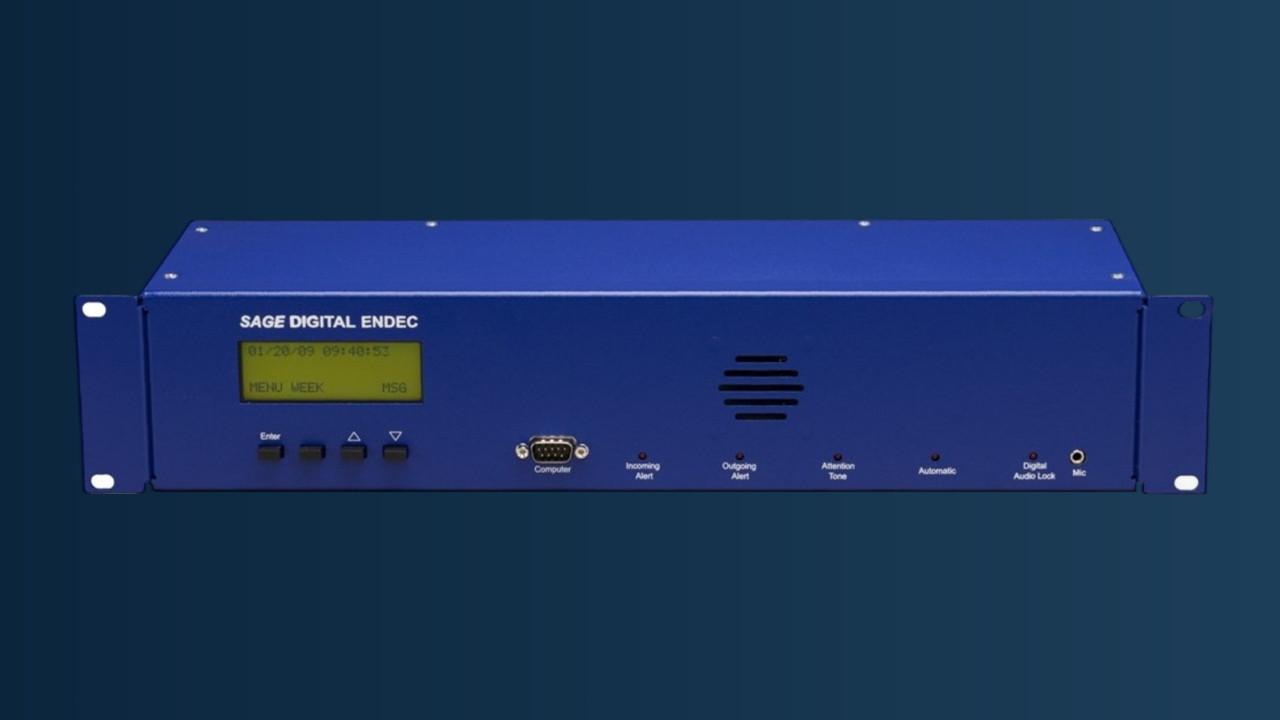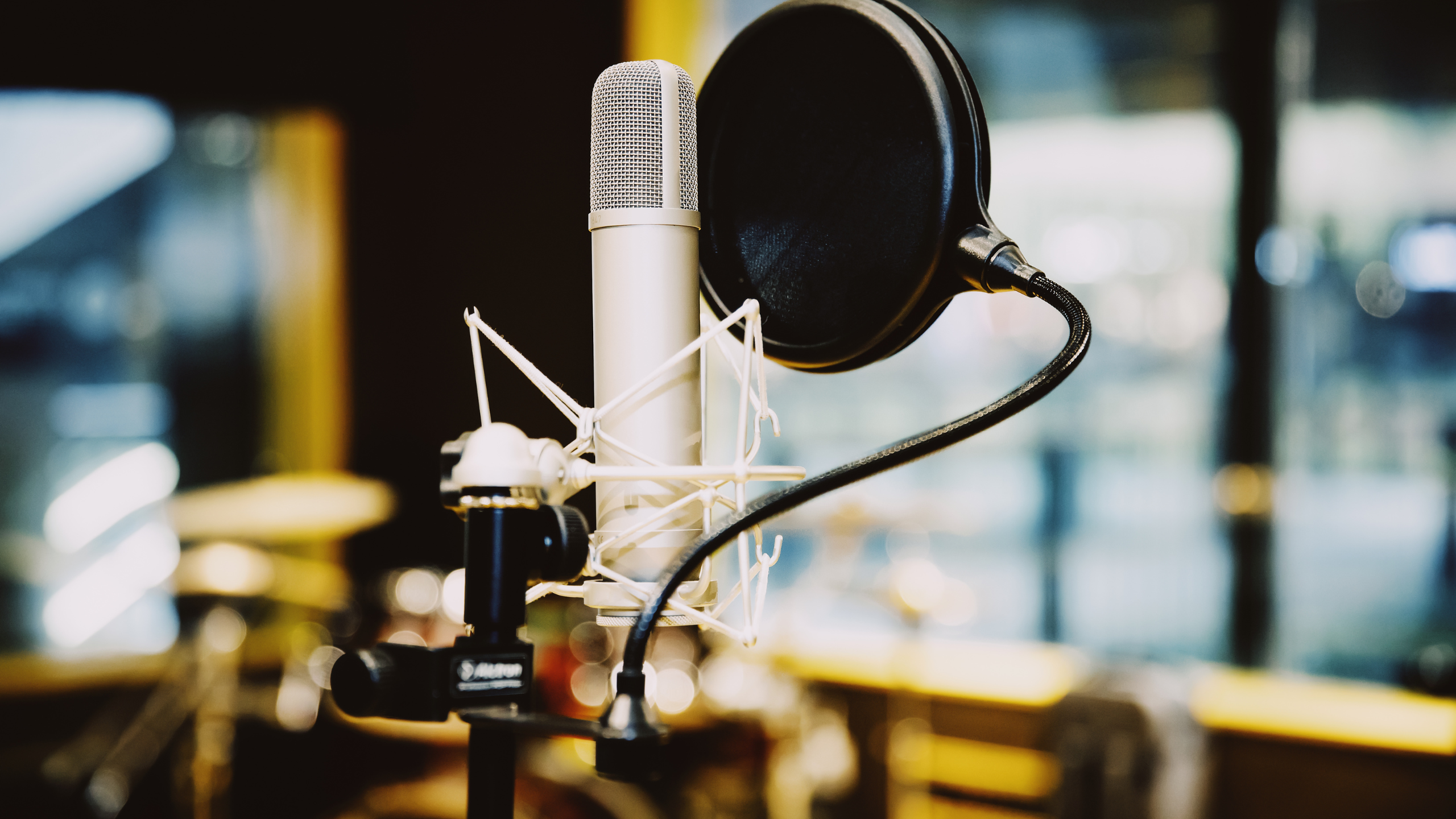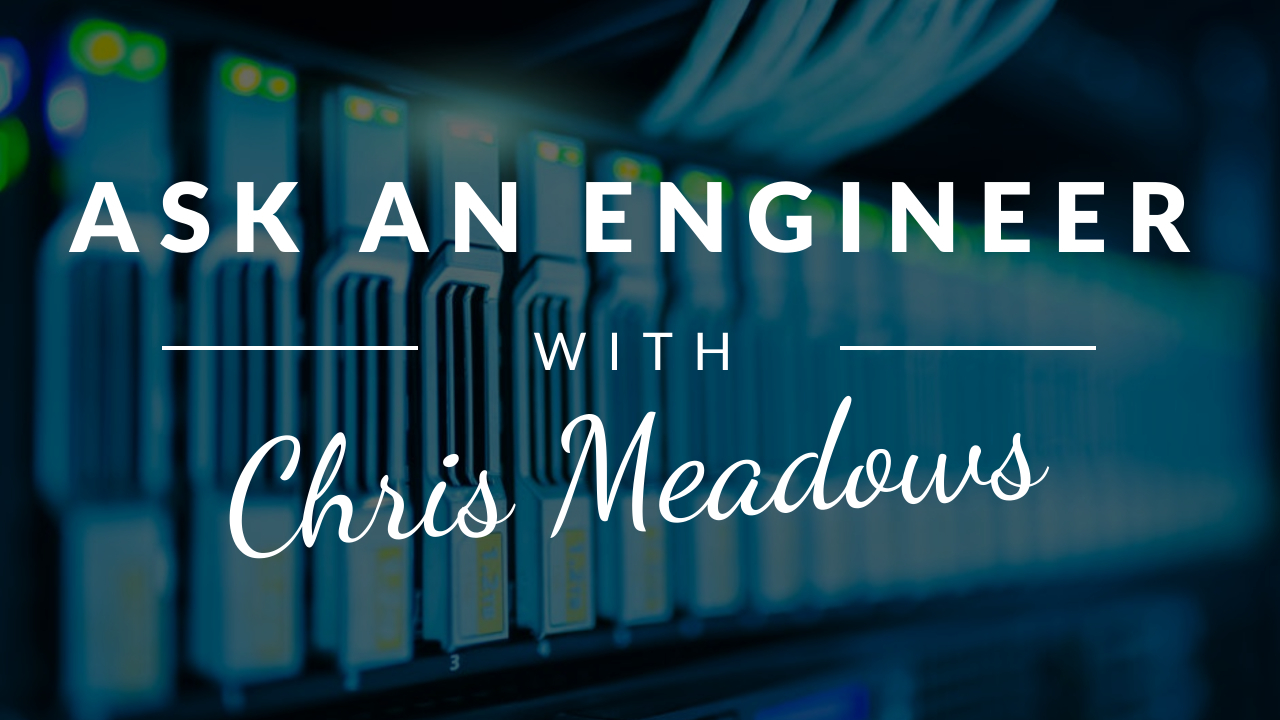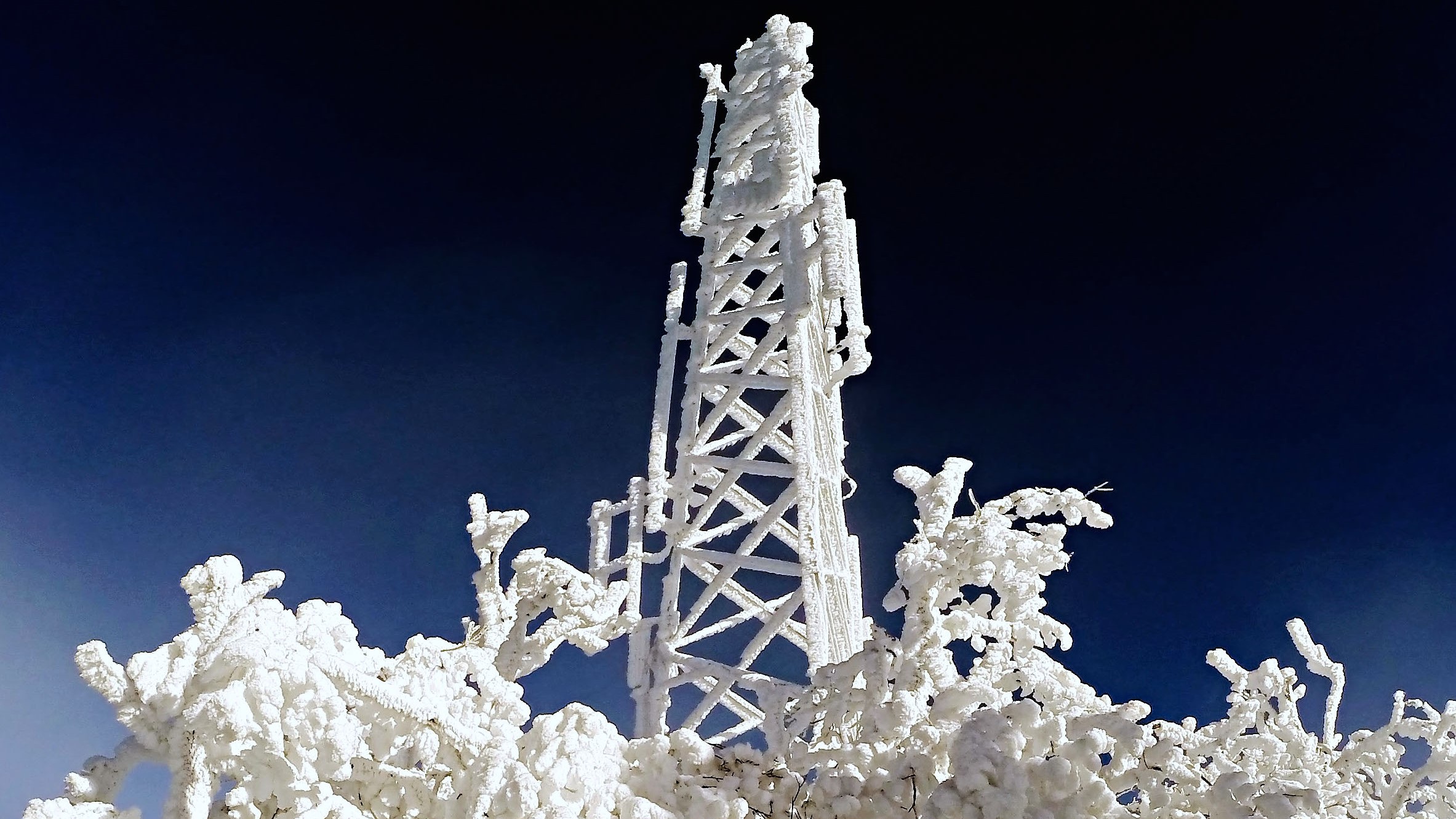Selecting an automation system is one of the biggest decisions radio broadcasters have to make. It’s the literal heart of a radio station. It contains all of our recorded audio, makes our live shows sound more engaging and our tracked shows sound like they’re not tracked. Plus, it literally affects how well we sleep at night because it’s manning the ship to keep us on the air while we’re all at home in bed. Yet, despite how mission critical automation systems are for a radio station, it’s not something many people think about until their current system starts to fail. As someone who’s purchased multiple automation systems over the years, demoed and worked with countless others (and had the dauntingly boring task of summarizing their user manuals so on-air talent would actually read them) here are some things I always consider when choosing one.
Cost to purchase and the cost to run. Everyone looks at the sticker price on both the software and the initial hardware, but what are the costs to operate that automation system for the next five to ten years. How expensive are the audio cards, what’s their shelf-life? Is it built on a backbone of computers that will be outdated and obsolete in a couple of years? Does it have built in redundancy or will there be a separate expense necessary to make sure all of the audio files aren’t wiped out in a studio fire?
Support that’s actually supportive. It’s never a good idea to opt out of support because it will cost more in man hours to try and fix things ourselves, but not all companies actually have real support staffs anymore. So, we shouldn’t pay these fees unless there’s an actual support team that knows the product to justify them. Great technical support is worth it’s weight in gold when it comes to automation systems.
How steep is the learning curve to teach all of our on-air staff how to use it? Most automation systems look similar enough that anyone who’s learned a system or two already should have little trouble picking up the basics. However, sometimes companies get cute and make a massive departure from what talent are accustomed to looking at, especially in a control room. This makes for some pretty impressive looking stuff on a screen when we’re giving tours, or working in a showcase studio, but it’s not worth the trade off we’ll make when our shows aren’t as tight or we’re spending twice as much time training every new hire.
How well does it integrate remote monitoring and control as well as remote studios? It’s no secret that the industry is trending toward having a few smart people remotely monitor and control all the mission critical systems to keep stations without local engineers on the air. Plus, pretty much everyone has embraced the idea of using remote talent working from home studios or other markets in at least some dayparts. So, if we don’t choose an automation system capable of doing that, or at least working on updates that make that possible, then we’ll likely be buying another system a year or two down the road.
What do you think? What are some things you consider when trying to decide what automation system to buy or what challenges have you faced when buying the wrong one? Comment below or email me at Andy@RadioStationConsultant.com.
Pic designed by tonodiaz for www.freepik.com.












